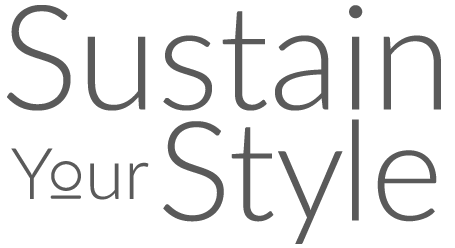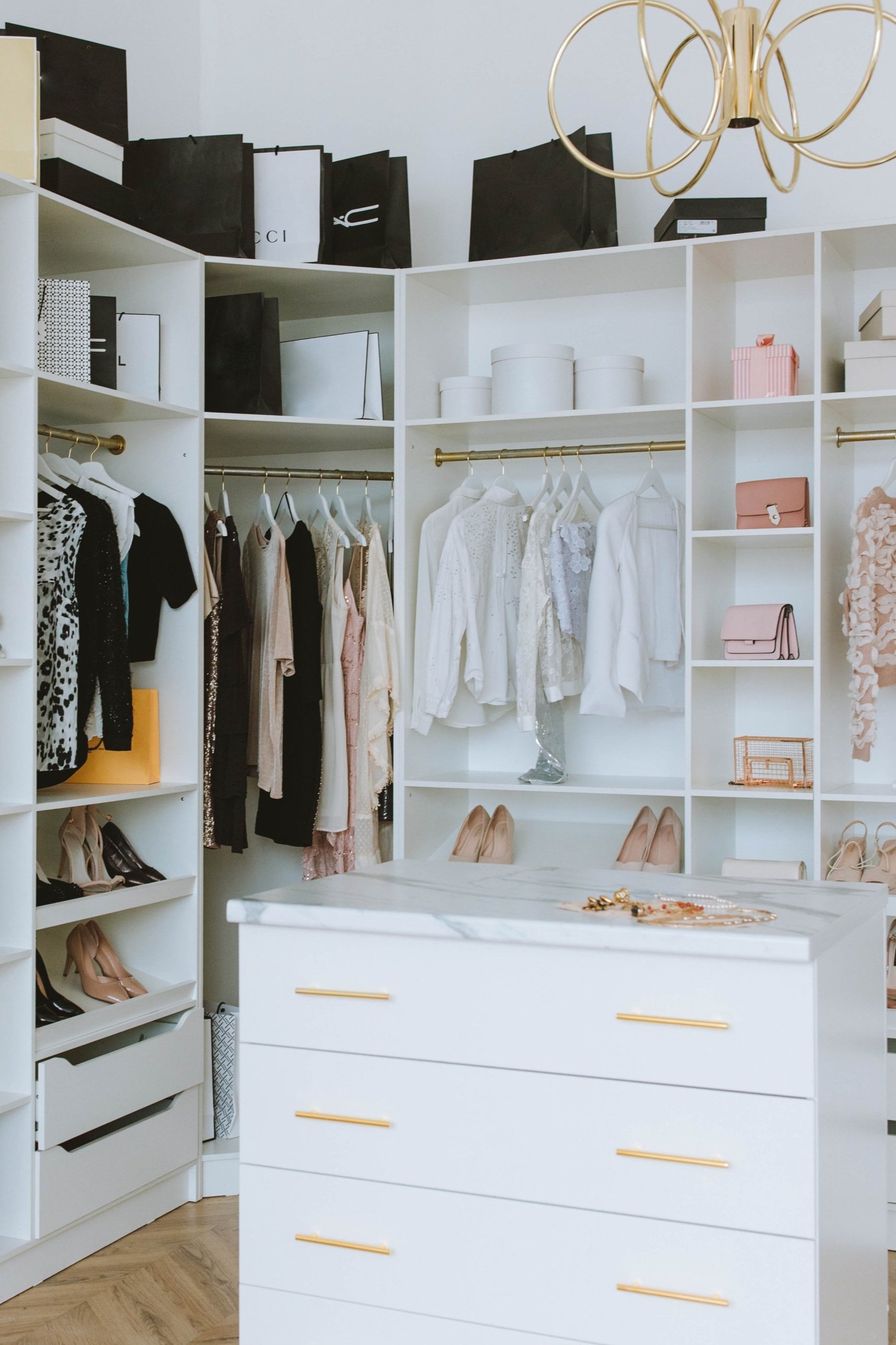Planning summer vacations or weekend escapes is requesting special attention to your wardrobe. More precisely, you need to think about garments, their utility, comfort and benefits.
We will reveal most trendy and breathable summer fabrics that will make you profit this season of sun and joy even more.
Cotton
Being a highly breathable fibre with capacity to absorbs a decent amount of moisture, cotton has an open weave which allows air to circulate through the fabric. Moreover, cotton is hypoallergenic, comfortable, natural and versatile. Variety of use of cotton goes from Hersey to corduroy and denim. Cotton is easy to care and easy to wear.
Best cotton fabrics solutions would be ones with GOTS certificate, which will illustrate it sustainable origin, fair-trade and biodegradability.
Linen
Great casual and sustainable option for summer. Made from flax and being one of the most durable and oldest fabrics, linen has light weave which allows fabric to be one of the most breathable. Moreover, linen has an incredible antibacterial and cooling properties much appreciated in summer .
Hemp
Natural fibre that provides UV protection, resist bacterial growth, preventing odours and has great breathability. Interesting fact about hemp is that it is becoming stronger with every wash and retains color better than any another fibre. Hemp fibre is the most resistant and hypoallergenic option.
Tencel
Being extremely soft and one of the most sustainable man made fibre, tercel is a great option for hot summer. It supports body natural thermoregulation and keeping your skin being dry and cool. Tencel is hypoallergenic and moist absorbent and it is provides extreme comfort to your skin.
Silk
Lightweight, natural and wrinkle resistant silk fabric is a great chops for summer. Being thermoregulating, hypoallergenic and anti ageing option, silk fabric will upgrade any of your summer looks by its luxurious and glossy surface.
Choosing natural and breathable fabrics, will bring good to your skin and mood. Moreover, it does became trendy and smart option for everyone.
Writter: Ulyana Sarana - Founder of Eco Showroom. Eco showroom - is a unique concept of B2B interaction during Paris Fashion Week that aims to bring conscious shopping to the next level. Brands showcasing their products together with contemporary artists meanwhile meeting high end buyers.
































